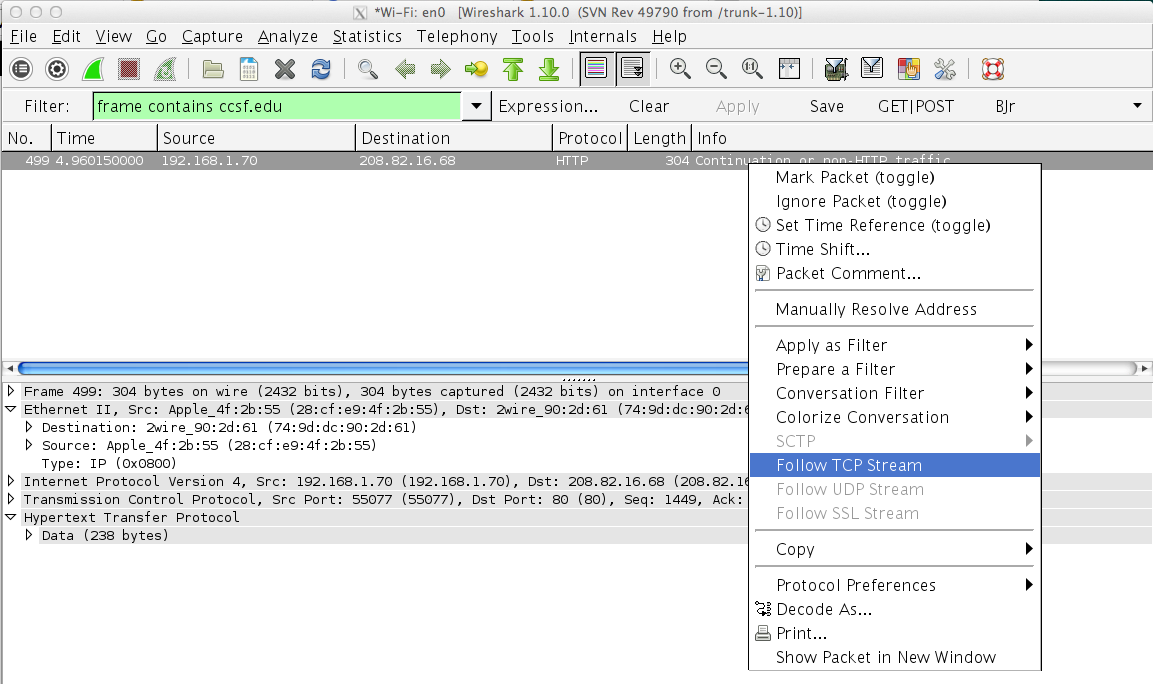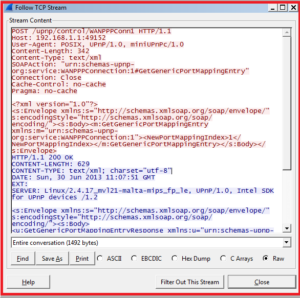

The problem is that if you capture the packets traveling through a network device we may end having huge file and may even end up to 1G if you capture long enough with lot packets details in it. Since this troubleshooting process can become so complicated despite using the best approach and having a good understanding and troubleshooting skills. Those situations sniffer comes to our aid. Once identified still the exact point of failure is difficult to find.

When a working network stops functioning a logical approach is required to localize the issue. There are many components or network elements and configuration and proper operation of the devices helps us achieve a smooth running network. When it comes to troubleshooting network related issues there are many dependencies and all work in layered model and each layer data depend on its lower layer below it. Why do we need to use wireless sniffer capture filter? It then becomes critical for us identify and localize the wireless network issue using wireless sniffer trace. If it did not make it correctly over the air then will obviously be missing or not get translated or sent over over to the wired side by the AP to the DS or distribution system.

Our suspicion may get us to verify if it even made it through the first point of the source of origination which being wireless is working fine or not or it being missed over the air. When we inspect a traffic or data on a wired network using wired sniffer trace and cant find our interesting packets we need to know where is it missing. Why do we need to capture wireless sniffer trace? The stripping of the wireless mac address is done by the by the AP. This is true for whether its for a wired or for wireless network where we capture the packets over the air before they are put on the network. The wireshark tool in itself will not help us in getting through the troubleshooting unless we have a good knowledge and understanding of the protocol, the topology of the network and which data points to consider taking sniffer traces. This document will help you in guiding how to set up the wireshark and analyze the interesting packets using a versatile tool within the wireshark program called the wireshark filters. '802.11 Sniffer Capture Analysis -Wireshark filtering Wireshark Filtering-wlan Objective


 0 kommentar(er)
0 kommentar(er)
